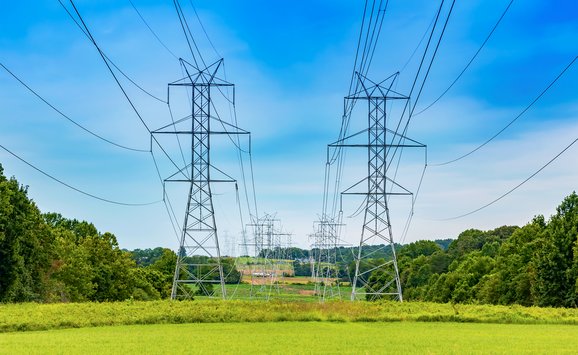The Environmental Protection Agency (EPA) recently released the Affordable Clean Energy (ACE) rule, the proposed replacement to the incumbent Clean Power Plan (CPP). Our research suggests that this rule could have unintended consequences, causing increases in emissions of carbon dioxide (CO2) and local pollutants at many facilities and in some states.
The ACE rule takes an “at-the-source” approach to power plant carbon standards, narrowly targeting emissions reductions through modest opportunities for heat rate improvements (efficiency improvements) at individual coal plants. In contrast, the CPP took a “beyond-the-source” approach, basing emissions reductions on opportunities that exist throughout the entire electricity system. Opponents to the CPP argued that this stretched the legal authority of EPA, which they argue is limited under the relevant part of the Clean Air Act (Section 111) to regulating measures at individual facilities.
We analyze the potential effects in 2030 of an at-the-source policy similar to the ACE rule in a new working paper using 2014 results from the Integrated Planning Model. In our new analysis, we focus on the effect of the proposed replacement rule compared to no regulation at all. We estimate that, although the policy would provide an average fleet-wide heat rate improvement of 4 percent at coal plants, national power sector CO2 emissions would only decline by 2.6 percent. Surprisingly, CO2 emissions could increase in eight states compared to a reference case with no power plant carbon standard (see map below). We decompose these emissions outcomes and find evidence of a rebound effect. The coal plants that become more efficient due to mandated heat rate improvements end up with lower operating costs. The rebound effect describes the fact that when they are more efficient, they are more competitive and consequentially operate more often and delay retirement. Indeed, we find evidence that emissions would actually increase at some sources because of greater plant utilization. This prospect challenges the logic of a legal interpretation that the agency can only regulate specific types of measures at individual facilities, even though those measures could result in emissions increases at the facilities.
Change in Estimated CO2 Emissions in 2030 for an At-the-Source Scenario Compared to a No-Policy Reference Scenario

Emissions of conventional air pollutants could also experience the consequences of a rebound effect under an at-the-source policy. We estimate that in 2030, national nitrogen oxides (NOX) emissions would be slightly lower (-2.3 percent) and national sulfur dioxide (SO2) emissions would be slightly higher (2.7 percent) when compared to a reference case with no policy. Twelve states could experience increases in one or both of these pollutants. NOX and SO2 emissions have serious consequences for local air quality and public health. In previous research, we modeled the health impacts of an at-the-source policy and found that it could lead to net increases in annual premature deaths compared to having no carbon standard in place.
In contrast to the ACE rule, the CPP’s “beyond-the-source” approach requires broader power sector emissions reductions and incorporates options for the substitution from coal generation to less carbon-intensive or zero-carbon sources. Our analysis suggests that in 2030 emissions could be substantially higher for an at-the-source policy compared to a beyond-the-source policy for CO2 (63 percent) as well as conventional pollutants NOX (56 percent) and SO2 (88 percent). Emissions of all three pollutants would be higher in most states.
Our findings highlight the importance of understanding the spatially explicit effects of an at-the-source policy. The rebound effect could cause emissions increases in some areas compared to having no policy in place. This has implications for state climate policy—states that experience CO2 increases may face higher costs in meeting their own emissions reduction goals. Additionally, understanding the spatial impacts on emissions of conventional pollutants is critical, as these pollutants have air quality and human health impacts that depend on where they are emitted.






